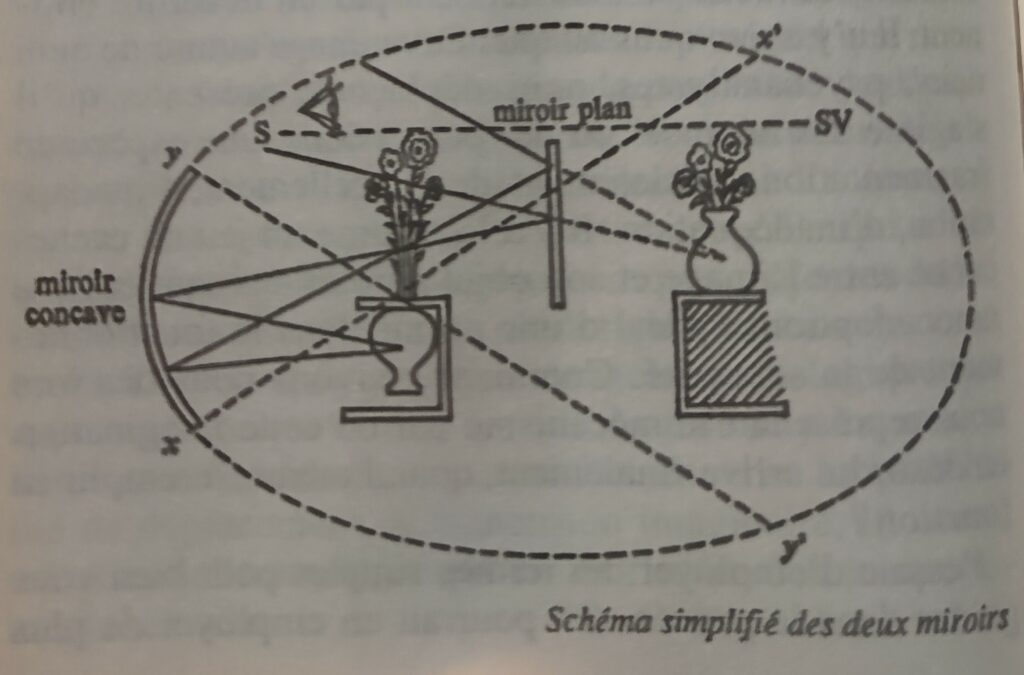To say that, as a consequence, myth became a political ideology is not false, but it does not help us very much. A detail leads us beyond these generalities: the Greeks often seem not to believe very much in their political myths and were the first to laugh at them when they flaunted them on ceremonial occasions. Their use of etiology was formal; in fact, myth had become rhetorical truth. One imagines, then, that what they felt was less disbelief, strictly speaking, than a feeling of conventionality or derision in response to the fixed character of this mythology. Hence, a special modality of belief: the content of set speeches was perceived not as true or, moreover, as false, but as verbal. The obligations of this “stock language” devolve not to the side of political power but to an institution peculiar to the period: rhetoric. Nevertheless, interested parties were not against it, for they could distinguish between the letter and the good intention: although it was not true, it was well said.
Paul Veyne, Did the Greeks Believe in Their Myths?: An Essay on the Constitutive Imagination, Chicago, University of Chicago Press, 1988, p. 79
Dire que, par conséquent, le mythe était devenu une idéologie politique n’est même pas faux, mais demeure peu instructif. Un détail mène au-delà de ces généralités : les Grecs semblent souvent ne pas avoir cru beaucoup à leurs mythes politiques et ils étaient les premiers à en rire lorsqu’ils les étalaient en cérémonie. Ils faisaient un usage cérémoniel de l’aitiologie; en effet, le mythe était devenu vérité rhétorique. On devine alors qu’ils éprouvaient moins de l’incroyance, à proprement parler, qu’un sentiment de convention ou de dérision devant le caractère convenu de cette mythologie. D’où une modalité particulière de croyance: le contenu des discours d’apparat n’était pas senti comme vrai et pas davantage comme faux, mais comme verbal. Les responsabilités de cette « langue de bois » ne sont pas du côté des pouvoirs politiques, mais d’une institution propre à cette époque, à savoir la rhétorique. Les intéressés n’étaient pas contre pour autant, car ils savaient distinguer la lettre et la bonne intention: si ce n’était pas vrai, c’était bien trouvé.
Paul Veyne, Les Grecs ont-ils cru à leurs mythes ? 1983, Editions du Seuil, Points Essai, p. 89
Paul Veyne, Les Grecs ont-ils cru à leurs mythes ?, 1983, Editions du Seuil, Points Essai, p. 89
